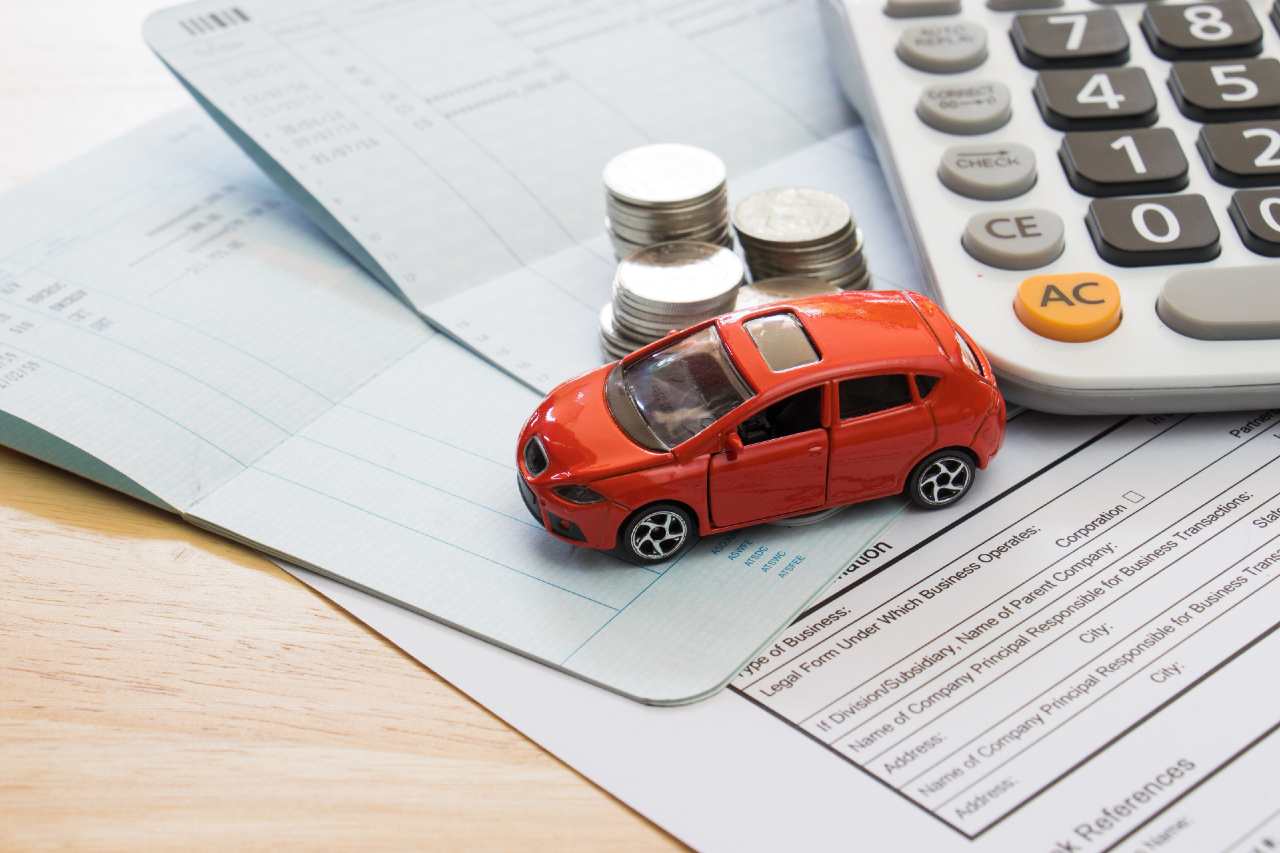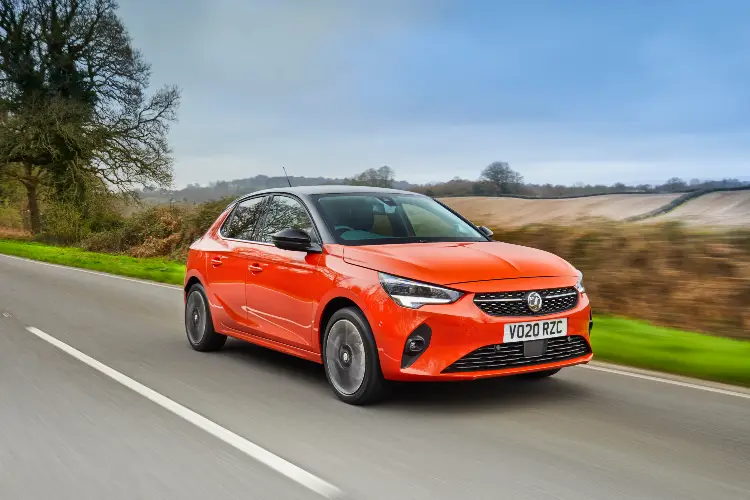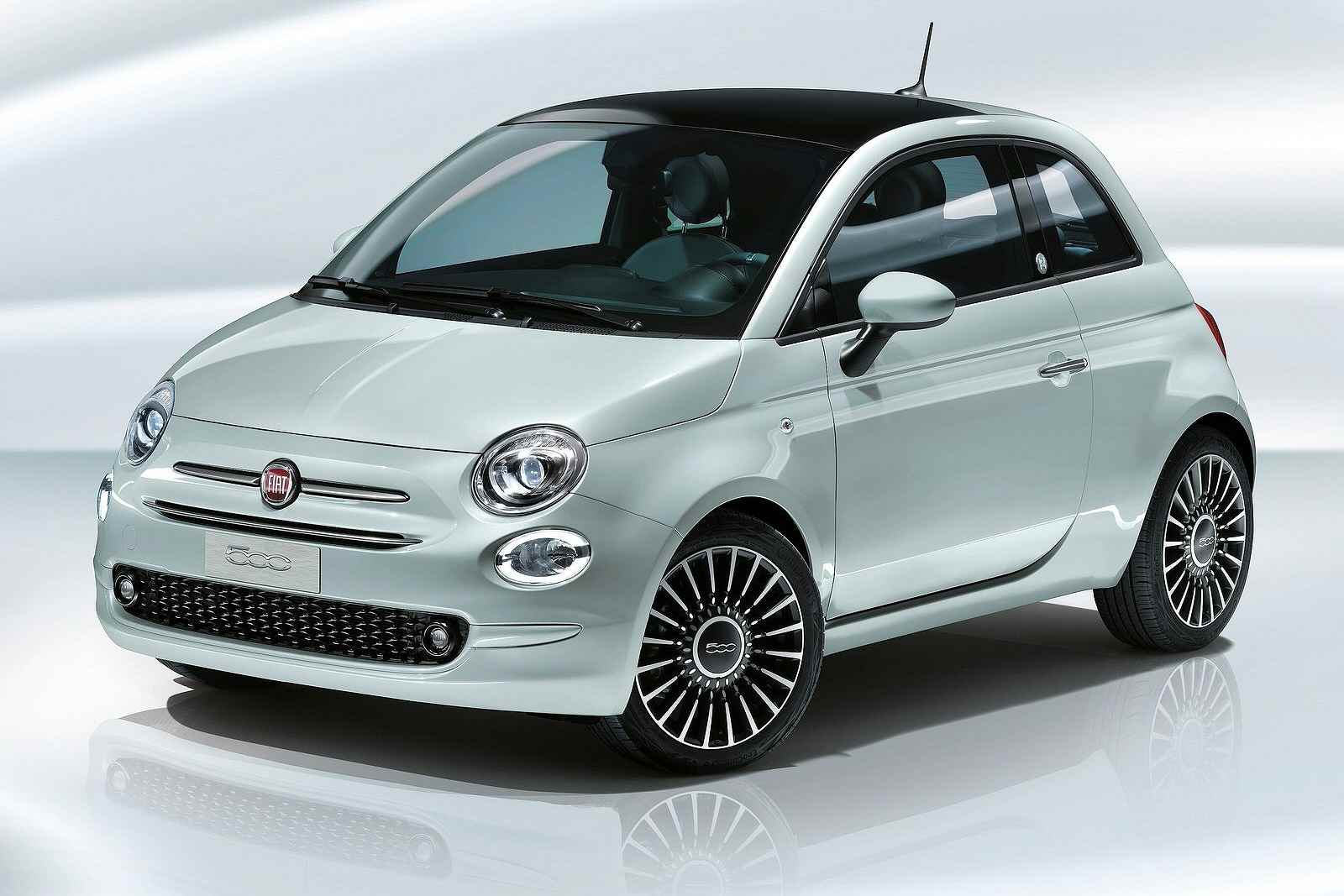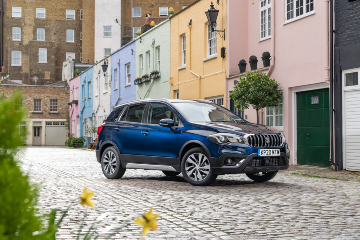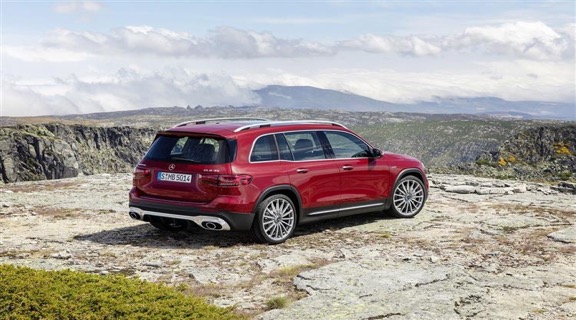By Matt Robinson - Updated 14/2/23
When you get your car insurance, you are put into a car insurance group and this dictates how much you’ll be paying per year. But what do car insurance groups really mean? Here’s our handy guide to help you make informed decisions and pay less for your car insurance.
What Are Car Insurance Groups?
Each car belongs to an insurance group that goes from cheapest to the most expensive to insure. It’s not just the value of a car that defines which car should go into a specific group, it's how they are considered to be driven and other factors too.
A luxury sports car is likely to be driven very differently to that of a small city car, for example, therefore it is classified as a higher risk and a higher insurance group than the smaller car.
Understanding car insurance groups and how they affect your premiums is quite useful to know when choosing and insuring a car to help you get the best possible deal.
How Many Car Insurance Groups Are There?
There are 50 UK car insurance groups, with cars in insurance groups 1-10 being the cheapest and vehicles in group 50 being the most expensive to insure.
How Are Car Insurance Groups Calculated?
Car insurance groups aren’t calculated by the manufacturers themselves and are instead assessed by the Group Rating Panel. This panel is a board of representatives from Thatcham Research which establishes the insurance group of every private car in the UK. We’ve broken down the things the panel looks at when placing a car into an insurance group.
-
New Car Value: It's no surprise that the value of the car is taken into account when placing it in an insurance group. The value is usually a good indicator of how much it’ll cost to repair if the car has substantial damage.
-
Performance: The top speed and acceleration of the car are an important part of putting it into a suitable insurance group. High-performance cars often result in more frequent claims than those of cheap runarounds and therefore end up in higher insurance groups.
-
Security: Does this vehicle get broken into more than other vehicles? Or does it have preventative security features included as standard by manufacturers? Such features include visible VIN numbers, locking devices for alloy wheels and high-security door locks.
-
Safety: The panel also looks at how the car is safe while out on the roads. If it's fitted with an Autonomous Emergency Braking (AEB) system, then you are less likely to be involved in low-speed front-to-rear accidents and this will reduce the car’s insurance ranking.
-
Repair Costs: If your car does get into an accident or damage is caused to the vehicle, the panel looks at how much it would cost to return the car to its pre-accident condition. Not only does the panel consider how much repair parts will cost, but also the labour involved and the repair time.
-
Bumper Compatibility: Another way of qualifying for lower insurance ratings is by having a car with bumpers that are compatible with the insurers’ criteria.
What Do Letters Means In Car Insurance Group Ratings?
The insurance group rating will be shown as a number and a letter (i.e., 7D). The letter refers to the level of security fitted as standard on the vehicle. As you expect, the security requirements increase as the insurance group increases, so if your car falls in a high insurance group, the better the security needs to be. There are 6 letters applied to car insurance groups.
-
__ A:__ Car meets all security requirements for its group.
-
D: Car doesn’t meet the requirements for its insurance group and is placed in a higher insurance group.
-
E: Car has exceeded security requirements and is placed in a lower insurance group.
-
P: This is used when the data for the rating system was incomplete when the car was launched.
-
U: In some cases, the level of security for the car is regarded as unacceptable. This doesn’t mean the car is uninsurable, but drivers must be made aware that some insurers may insist on upgraded security before providing cover.
-
G: Insurance group ratings are only allocated to vehicles built for the UK market. But the panel will list vehicles that are classed as imports under this letter.
Which Cars Are The Cheapest To Insure?
You’d expect that the cheapest cars to insure would be those which are the cheapest to purchase or lease and you are correct. So if you’re looking for a car that isn’t expensive to insure, look at low-spec models and cars with small engines, such as the Ford Ka, Fiat 500, Hyundai i10 or similar. Take a look at our guide to cars in insurance groups 1-10 to find the cheapest cars to insure, or check out our other guides to the best cars to choose in each group:
How Can I Cut The Cost Of My Car Insurance?
One of the best ways of reducing your car insurance costs is by driving a vehicle that is in one of the lower insurance groups. However, if you have a car in a high insurance group, there are ways of reducing your premiums further.
-
Enhance Your Security: Reduce the risk of theft or keep it off the road and parked in a locked garage.
-
Pay Annually: Insurers often give discounts if you pay annually, rather than monthly.
-
Pay A Higher Excess. This should lower your premiums if you were to claim during your policy.
-
Add A Named Driver: Add an experienced driver who has no claims or few insurance claims on their driving history.
-
No Claims Bonus: If you’ve not claimed on your policy before, you’re in luck as insurers will likely give you a reduction in your premium for a greater no claims bonus!
-
Black Box: Install a black box in your car, where your insurer monitors your driving. The better your driving, the lower your premiums.
-
Drive Less: It might seem surprising or a bit daft, but it’s true. You’ll likely be asked for an estimated mileage for a quote when looking for car insurance. If you drive less than intended in the year, it reduces the chances of you and your car being involved in an accident and it’s less likely you’ll make a claim with your insurance company.
If you’re looking for more ways to save money driving, why not consider car leasing? Find out more about how car leasing works or why lease vs buy a car in our easy-to-understand leasing guides.

